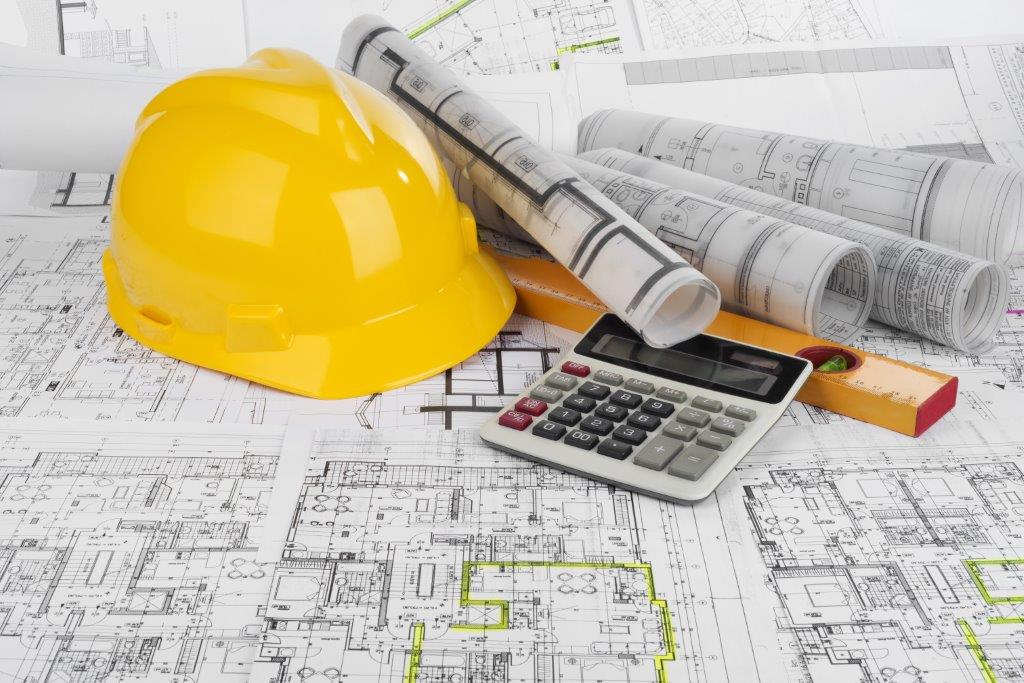
 Posted by - April 3, 2019 8:47 am
Construction Industry Scheme
Posted by - April 3, 2019 8:47 am
Construction Industry Scheme
The Construction Industry Scheme (CIS)is a scheme whereby contractors are required to withhold tax on certain payments to a sub-contractor whilst conducting construction work.
What is classed as construction work?
Examples include:
- Civil engineering
- Building
- Demolition
- Repairs and decorating
- Cleaning after building works
- Foundations and Groundworks
Who are the contractors and sub-contractors?
- Contractor – A person or company who pays sub-contractors for construction work. The contractor deducts tax from a sub-contractor and passes this tax onto HMRC.
- Sub-contractor – A person or company who does construction work for a contractor.
Deductions vs suffered
- Deductions of tax are made from the sub-contractor by the contractor. The tax is then payable to HMRC by the contractor.
- Suffering of CIS is whereby a contractor, who is also a sub-contractor on a project, could be stopped CIS tax. Once the tax has been deducted from the payment received, it can be offset against the business’ PAYE liabilities payable to HMRC. For the suffered tax to be offset a valid payment certificate from the contractor is required.
Steps for contractors
- Register for the contractor scheme with HMRC before starting the construction work. Once registered you will have a PAYE and UTR number to allow you to start working under the contractor scheme.
- You must verify any sub-contractors before you start to pay them for their work, as it is important you know the rate of tax to withhold from their payment.
- Tax is then withheld from the sub-contractor at the rate advised by HMRC within the verification process.
- Monthly returns detailing the tax deductions, are due to be filed with HMRC by 19th after the end of the tax month (for example 19th April for the tax month 6th March to 5th April).
- Payment of any tax withheld from sub-contractors is to be paid to HMRC by 22nd after the end of the tax month (if paying electronically), this is the same deadline as the PAYE / NIC payment to HMRC.
Steps for sub-contractors
- Register online with HMRC (you will need your National Insurance and UTR number)
- Once registered you can apply to have ‘Gross Payment Status’ for CIS which means you will not be withheld any tax from your payments. This is only if all of the following criteria apply:
- You perform construction work
- Your turnover (for sole traders) is at least £30,000 p.a. for the labour elements only
- You have a bank account
- Your Tax and National Insurance is all paid up to date and on time
- If you are not eligible for the gross payment status (as per step 2) then you will be automatically on the 20% standard deduction rate.
- For those sub-contractors who do not register with HMRC the tax will be withheld from payments at 30%.
- Pass your details onto your contractor who will need to verify you first with HMRC to note the rate of tax to be withheld.
Monthly Returns
- Contractors are responsible for reporting to HMRC on a monthly basis the deductions of tax from sub-contractors.
- This can be done via the HMRC Online Portal or certain online accounting packages.
- The returns will need to detail the following:
- Sub-contractors details including name, UTR, verification number, payments made (split between labour and materials), amount of tax withheld
- Any late submissions of returns will result in a £100 penalty.
- If you are not using any sub-contractors for the next 6 months you can submit a declaration stating this, and then a monthly return will not be required for these 6 months.
For further information or advice in respect of Construction Scheme Industry (CIS) , please contact your local McCabe Ford Williams office.


